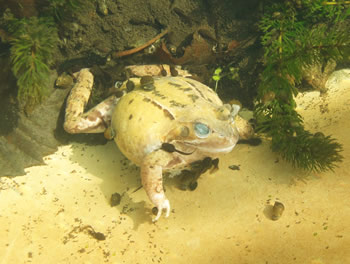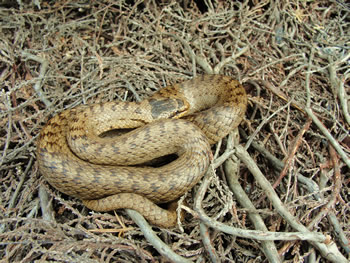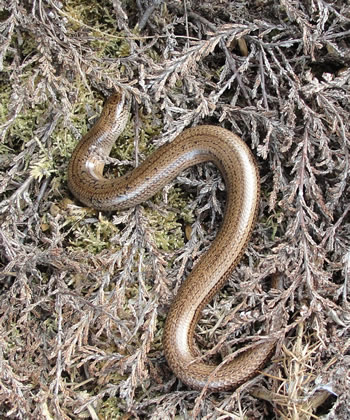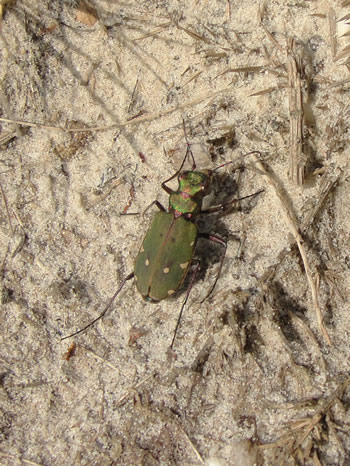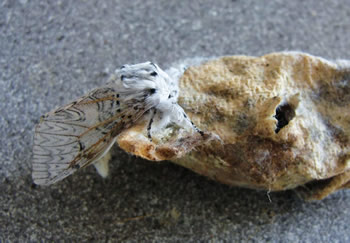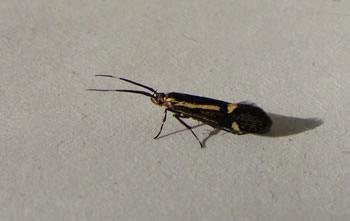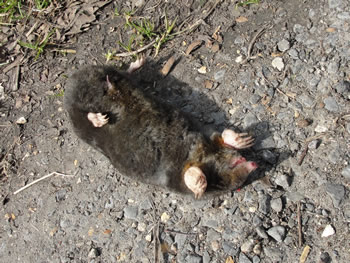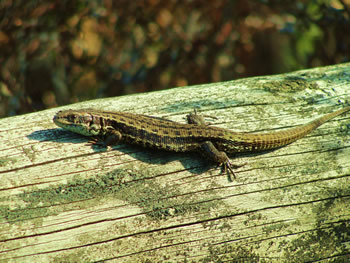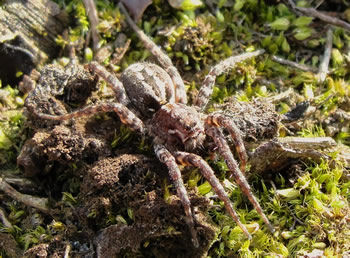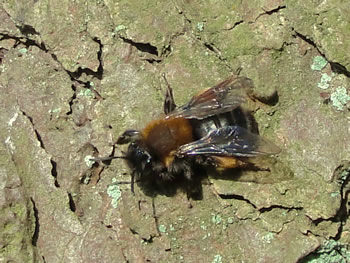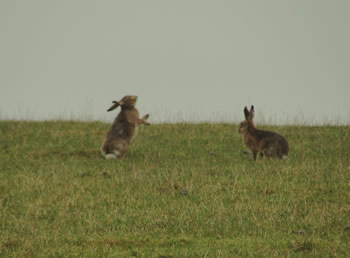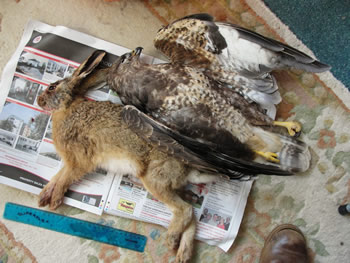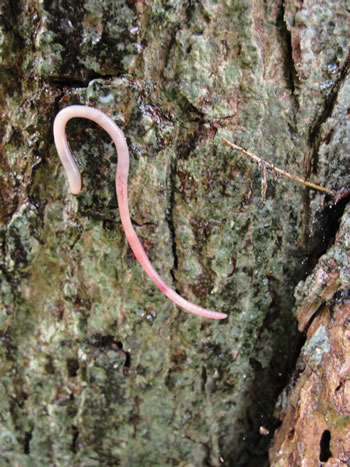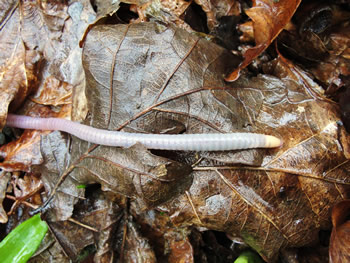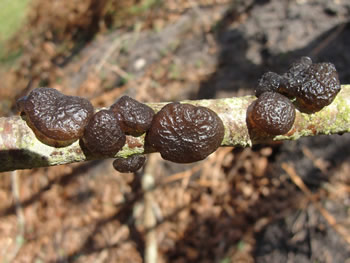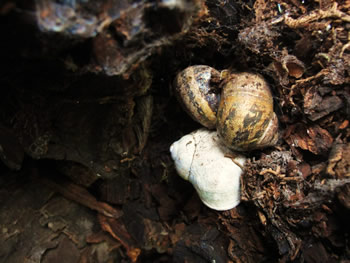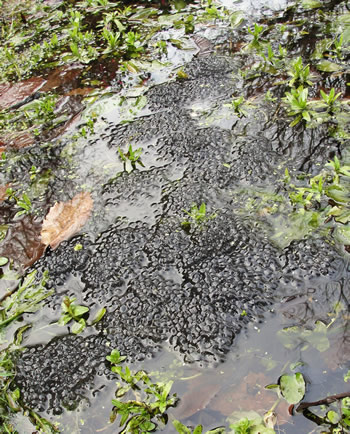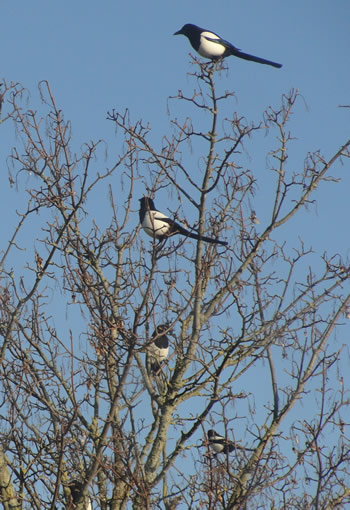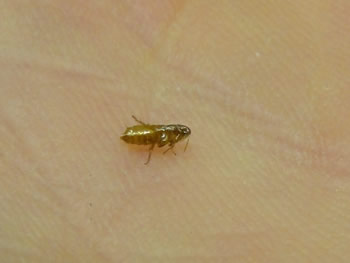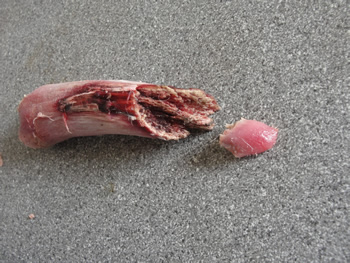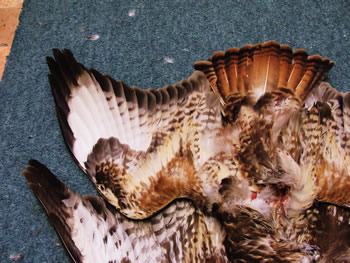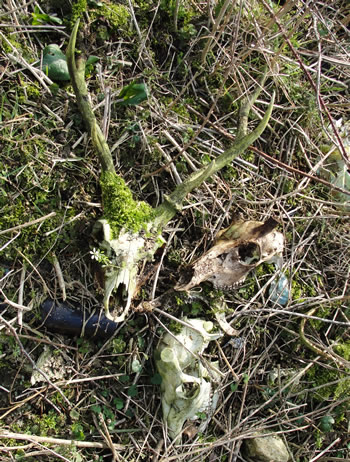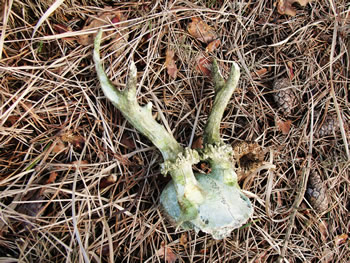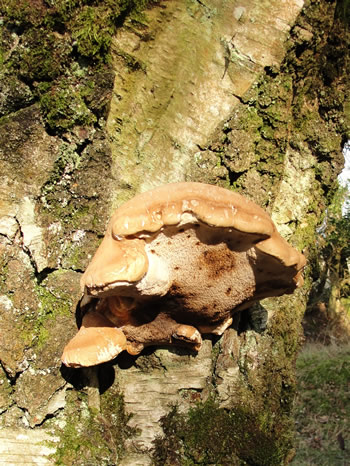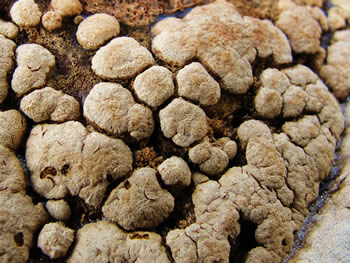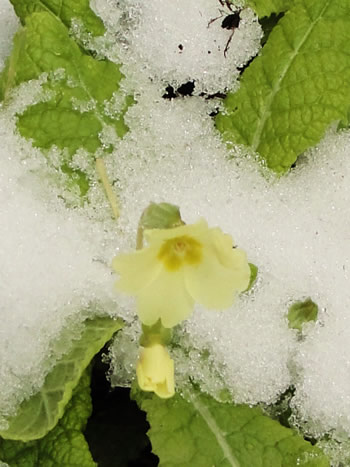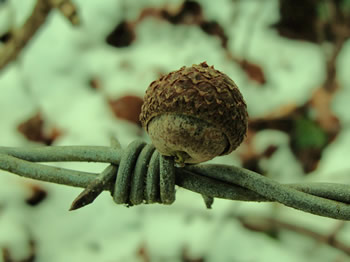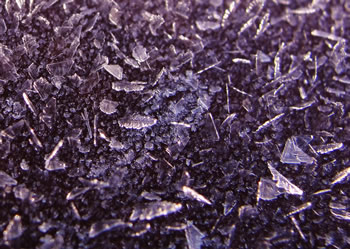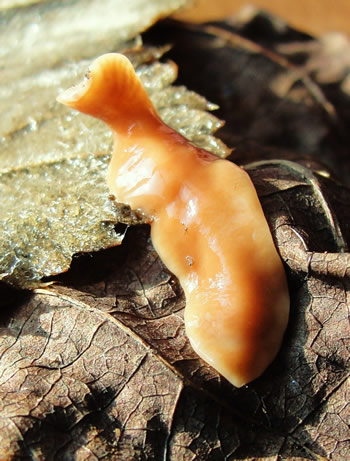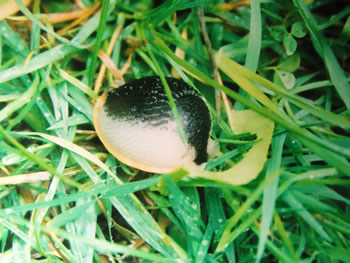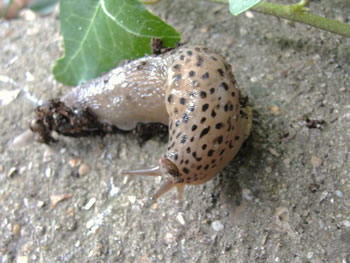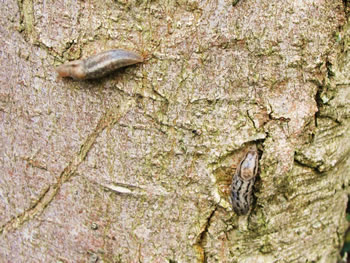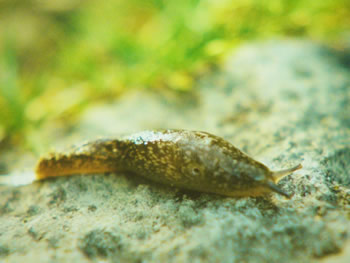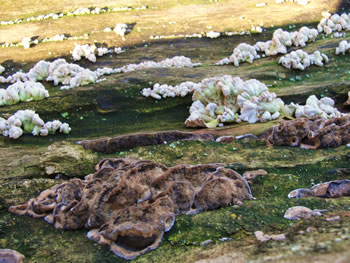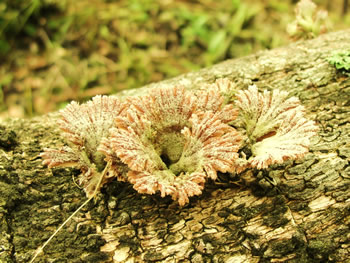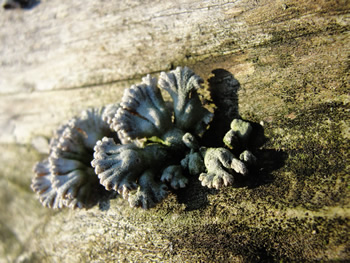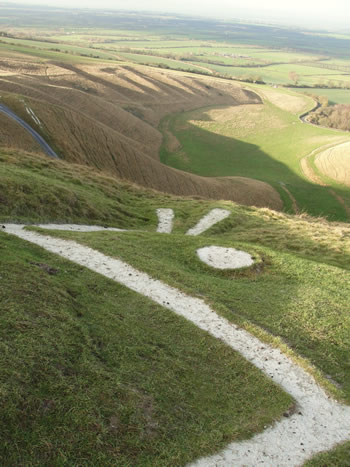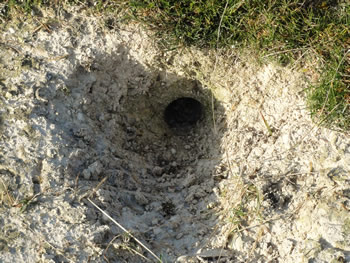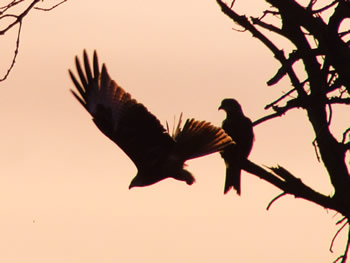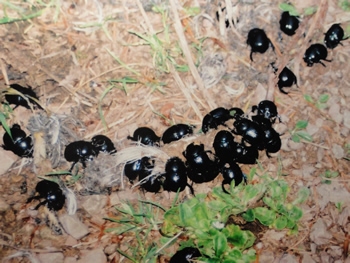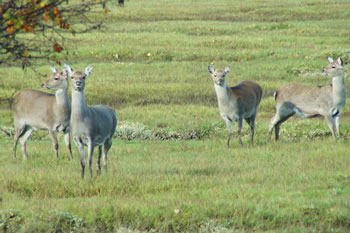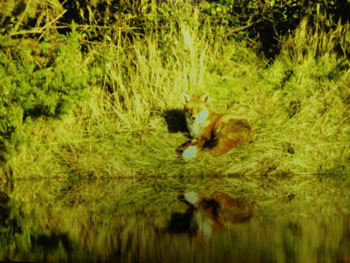A walk around one of my favorite fresh water sites revealed signs of otters. These mustelids mark their territories with spraints.They usually pick areas near the water but often a meter or two away on an elevated site.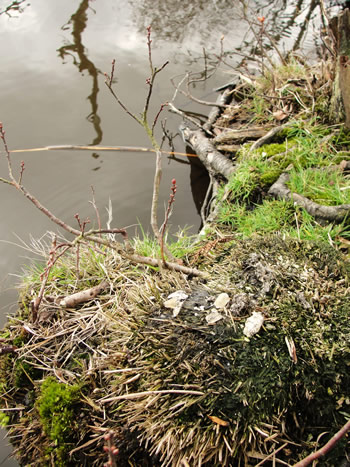 The spraints are made up of fish remains and are dark or white with a sweet smell.
The spraints are made up of fish remains and are dark or white with a sweet smell.
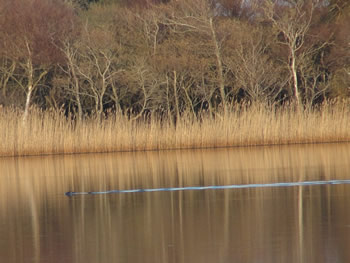 Here is a bitch otter eating a small fish whilst swimming on her back. Her dog was a few hundred yards away in another direction.
Here is a bitch otter eating a small fish whilst swimming on her back. Her dog was a few hundred yards away in another direction.
otters have now mated and will soon be looking for holt sites. otters move around quite a bit at this time of year especially dog otters looking for females to mate with, although the season has almost passed now. Many animals succumb to road traffic, or even get caught in lobster or crab pots. One year at least two otters were found drown in eel traps. This specimen was very small for a dog otter at this time of year and was possibly last years runt. It may not have survived for long had it not been caught in a crayfish trap.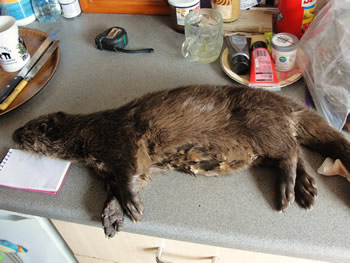 The animal was covered in castor bean ticks most unusual for otters and would suggest that it spent a long time away from water in fields or woodland.
The animal was covered in castor bean ticks most unusual for otters and would suggest that it spent a long time away from water in fields or woodland.
It has an orange mark on its underside.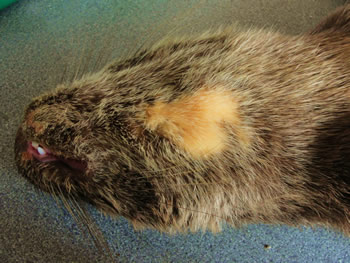 Frog spawn developed very quickly in the warm sun and here we can see the tadpoles eating a dead member of their own kind, possible their parent.
Frog spawn developed very quickly in the warm sun and here we can see the tadpoles eating a dead member of their own kind, possible their parent.

